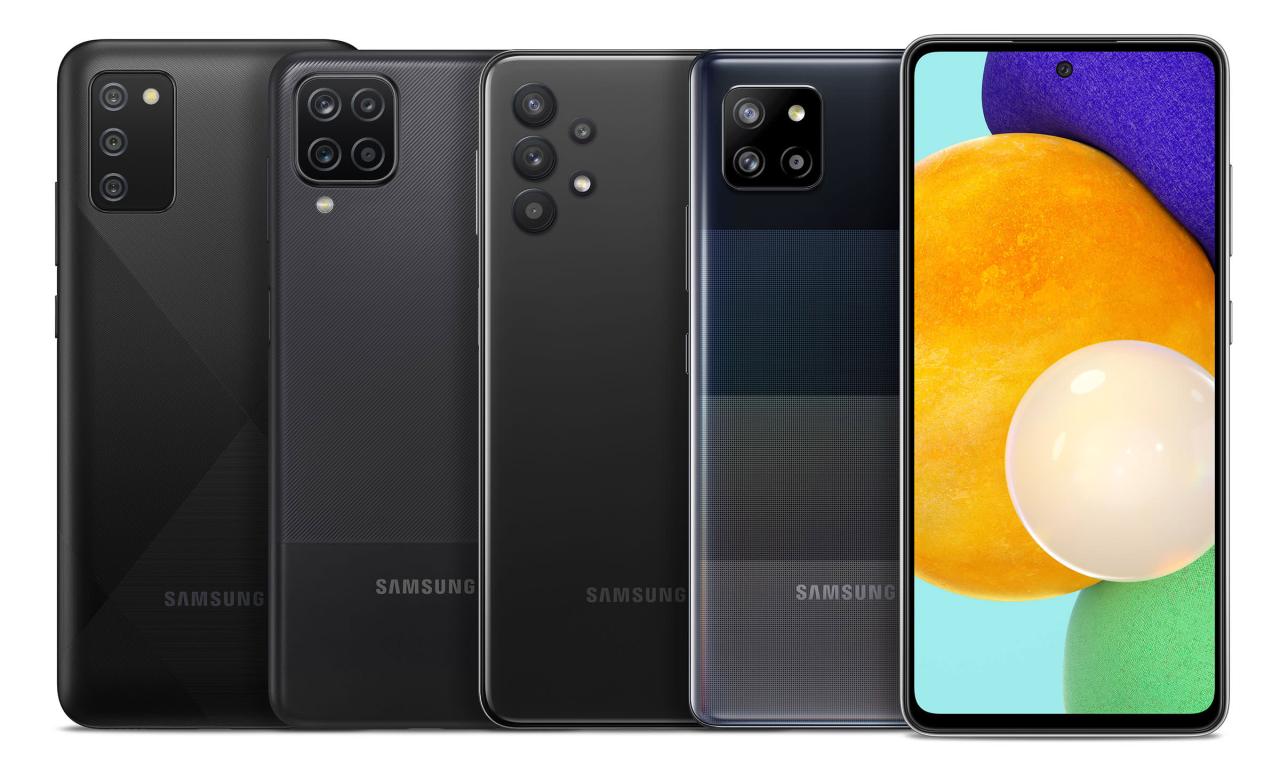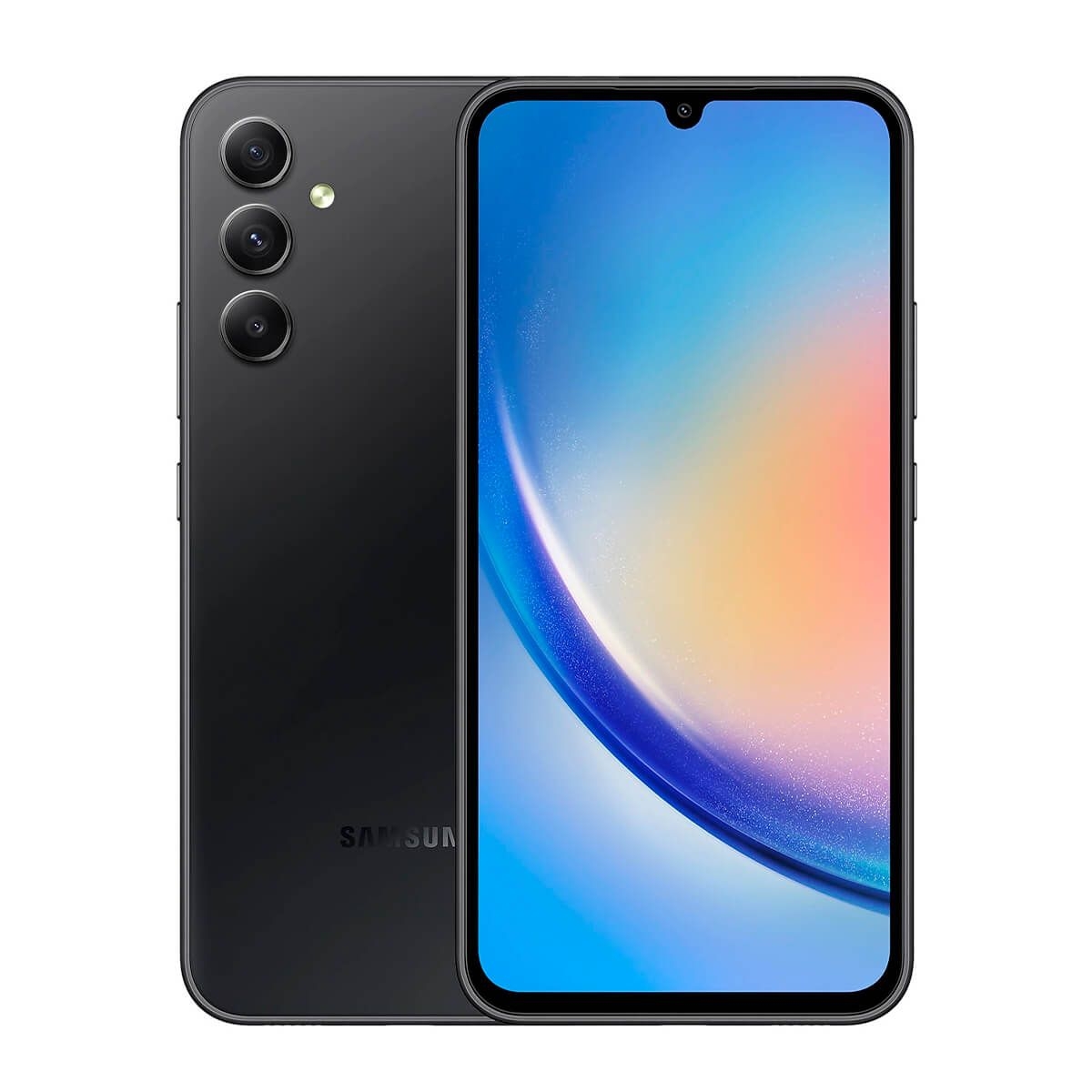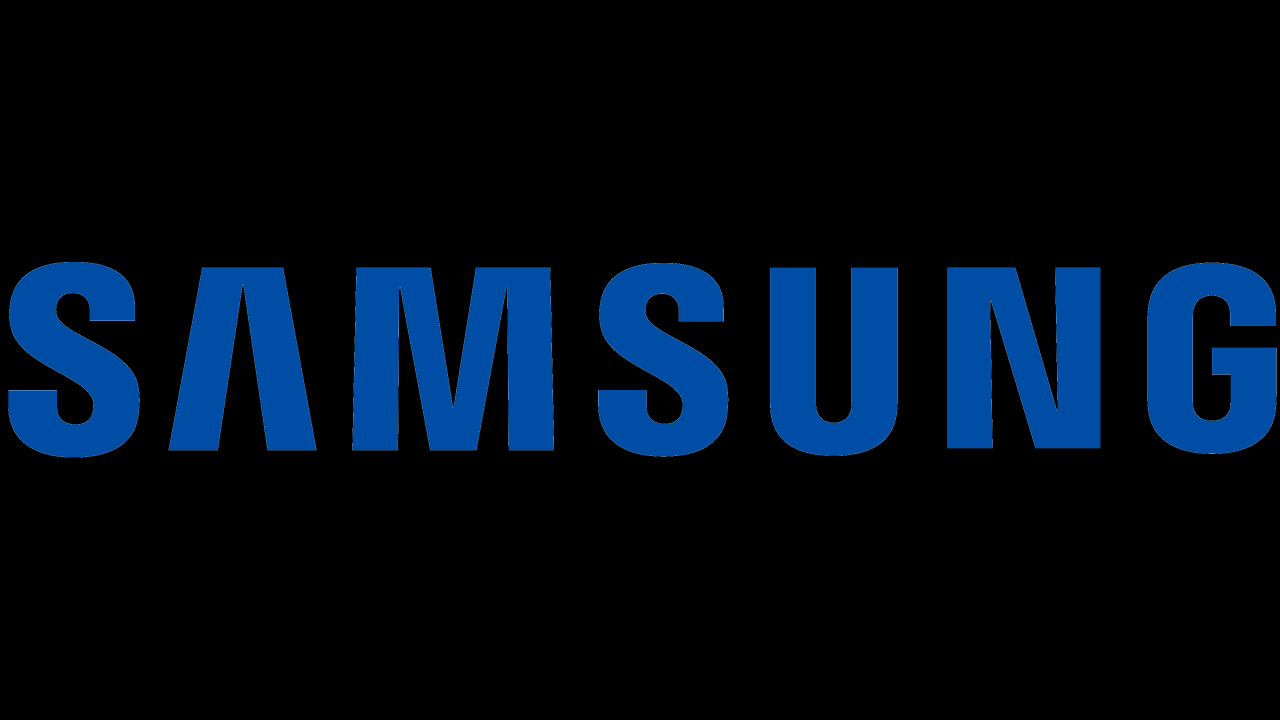samsung note7 stands as a pivotal chapter in smartphone history, marked by its innovative features and the controversies that followed its release. Launched with great anticipation, it promised to redefine user experience with its cutting-edge technology and aesthetic design. However, the journey was marred by unforeseen challenges that would ultimately reshape consumer trust in tech brands.
The Samsung Note 7 debuted with a robust set of specifications, including a stunning display and advanced stylus functionality. Initially marketed as a premium device, it captivated consumers with its sleek design and impressive performance, setting a high bar for future smartphones.
History and Release of Samsung Note 7

The Samsung Note 7 marked a significant evolution in the Note series, showcasing advanced technology and appealing design. Initially announced in August 2016, the device was positioned as a premium smartphone, focusing on productivity and user experience, while also pushing the boundaries of mobile technology.
The development timeline of the Samsung Note 7 began with the culmination of user feedback from previous Note models. Samsung sought to innovate and enhance the features that users loved while addressing any shortcomings noted in earlier devices. The launch event on August 2, 2016, revealed a device equipped with cutting-edge specifications, including a 5.7-inch Quad HD Super AMOLED display, an improved S Pen, and IP68 water resistance, a first for the Note series. The handset also boasted a powerful Exynos 8890 or Snapdragon 820 processor, depending on the region, alongside 4GB of RAM and options for 64GB or 128GB of internal storage expandable via microSD.
Initial Features and Specifications
Samsung emphasized several key features during the release of the Note 7 that distinguished it from competitors. The following points highlight the major specifications that were central to its marketing narrative:
- Display: The 5.7-inch Quad HD Super AMOLED display offered vibrant colors and deep contrasts, making it ideal for media consumption and productivity tasks.
- Camera: Equipped with a 12MP rear camera featuring dual pixel technology, the Note 7 aimed to provide enhanced low-light photography, appealing to photography enthusiasts.
- S Pen Improvements: The S Pen featured enhanced pressure sensitivity and was even capable of writing underwater, broadening its usability in various environments.
- Security Features: The device introduced an iris scanner, enhancing security and convenience for users who preferred biometric authentication.
- Battery and Charging: The Note 7 came with a 3500mAh battery capable of fast charging and wireless charging, catering to the needs of on-the-go users.
These features combined set a high expectation for the Note 7, showcasing Samsung’s commitment to innovation and user-centric design.
Marketing Strategies for Samsung Note 7
Samsung deployed a multi-faceted marketing strategy to promote the Note 7, effectively capturing consumer interest and excitement. The approach included:
- Launch Events: The global launch event was streamed live, generating significant buzz on social media platforms, thus maximizing audience reach.
- Influencer Partnerships: Collaborations with tech influencers and bloggers who demonstrated the device’s features to their followers helped create a personal and relatable connection to potential buyers.
- Advertising Campaigns: Television and online advertisements highlighted the device’s innovative features, focusing on its capabilities for productivity and creativity.
- Pre-Orders and Promotions: Samsung offered enticing pre-order incentives, including additional accessories and trade-in discounts, encouraging early adoption among consumers.
- Engaging Content: The marketing team created engaging content that highlighted user stories and experiences, showcasing the Note 7’s role in enhancing everyday activities.
These strategies, combined with the device’s groundbreaking specifications, aimed to position the Note 7 as a must-have smartphone in a competitive market.
Technical Features and Innovations: Samsung Note7

The Samsung Note 7 represented a significant leap in smartphone technology, featuring a range of innovations that set it apart from its predecessors. The device was designed not only to enhance user experience but also to showcase Samsung’s commitment to pushing the boundaries of mobile technology.
Standout Technical Features
Among the most notable features of the Samsung Note 7 were its enhanced display, improved camera capabilities, and advanced security options. Samsung introduced the Infinity Display that featured a 5.7-inch Quad HD Super AMOLED screen, boasting vibrant colors and deep contrasts, which made it ideal for multimedia consumption.
The camera, which sported a 12 MP Dual Pixel sensor, was designed for improved low-light performance and faster autofocus, allowing users to capture stunning images under various lighting conditions. Furthermore, the Note 7 included an iris scanner, an innovative biometric feature that provided an additional layer of security and convenience for user authentication.
Battery Technology and Specifications
The Samsung Note 7 was equipped with a 3,500 mAh battery that utilized cutting-edge lithium-ion technology. The battery was designed for fast charging capabilities, supporting both wired and wireless charging solutions. The device also featured a USB Type-C port for enhanced data transfer speeds and charging efficiency.
Despite its impressive specifications, the Note 7 faced challenges regarding battery safety, leading to a major recall. Samsung initially made attempts to address the issues through software updates and battery replacements; however, the concerns ultimately led to the decision to halt production completely.
Unique Software Capabilities
The Samsung Note 7 was launched with the new Android 6.0.1 Marshmallow operating system, enhanced by Samsung’s proprietary user interface, TouchWiz. One of the standout software features was the improved S Pen functionality, which allowed users to take notes directly on the display and even screen-off memo capabilities, enabling quick note-taking without unlocking the device.
Additionally, the device introduced features such as Live Message, which enabled users to create animated messages using the S Pen, and Samsung Pass, which integrated seamlessly with the iris scanner for secure mobile payments and authentication. The inclusion of IP68 water and dust resistance also marked a significant advancement, allowing users to confidently use their devices in various environments.
Incidents and Recalls

The Samsung Galaxy Note 7 launch was marred by significant incidents that led to one of the largest product recalls in modern smartphone history. These events not only impacted Samsung’s reputation but also set a precedent for how tech companies manage product safety and recalls. The battery issues that plagued the Note 7 were a result of manufacturing defects, which caught the attention of consumers and regulatory bodies alike.
The initial reports of the Note 7’s battery catching fire began surfacing shortly after its release in August 2016. Samsung quickly identified that a manufacturing defect from one of its suppliers caused some batteries to overheat, leading to combustion. In September 2016, Samsung announced a voluntary recall of approximately 2.5 million devices worldwide. However, subsequent replacements also experienced similar issues, which forced Samsung to issue a second recall in October 2016, ultimately discontinuing the product altogether.
Samsung’s Response to Battery Incidents
In the wake of the incidents, Samsung implemented a series of measures to manage the crisis and restore consumer trust. The company established a comprehensive communications strategy, which involved direct outreach to customers, retailers, and regulatory agencies. Samsung’s response included the following key actions:
- Transparent Communication: Samsung actively communicated with customers about the recall process, outlining steps they should take to safely return their devices and receive replacements.
- Public Apology: The CEO of Samsung publicly apologized for the incidents, acknowledging the company’s responsibility and commitment to consumer safety.
- Enhanced Safety Checks: Samsung initiated an extensive product safety review process, designing an eight-point battery safety check to ensure that future devices would meet stringent safety standards.
- Collaboration with Experts: The company enlisted the help of third-party experts to analyze the issues thoroughly and provide recommendations for improving battery safety.
Samsung’s response to the incidents was multifaceted and aimed to demonstrate accountability, transparency, and a commitment to consumer safety. The strategy contrasted sharply with industry standards, as it not only addressed the immediate concerns but also focused on long-term improvements in product safety protocols.
Industry Comparison of Recall Responses
When comparing Samsung’s incident response to typical industry standards for product recalls, several noteworthy aspects emerge. Many companies tend to adopt a more reactive approach, often minimizing communication until absolutely necessary. In contrast, Samsung’s proactive stance prioritized consumer safety and transparency, setting a new benchmark for how tech companies should handle similar crises.
Key points of comparison include:
- Speed of Action: Samsung acted swiftly to recall the devices, which is crucial in mitigating potential harm and restoring brand trust.
- Consumer Engagement: The company’s extensive outreach efforts exemplified best practices in crisis management, ensuring customers felt informed and valued.
- Long-Term Strategy: Unlike many companies that may view recalls as isolated incidents, Samsung’s commitment to overhauling safety checks demonstrates a forward-thinking approach to product development.
The Galaxy Note 7 incidents highlighted the critical importance of having robust safety protocols and communication strategies. Samsung’s efforts not only addressed the immediate crisis but also contributed to shaping industry standards for product safety and consumer relations moving forward.
Impact and Legacy
The Samsung Note 7 debacle had far-reaching consequences that rippled through the tech industry, affecting consumer trust and regulatory standards. The incidents surrounding the Note 7 not only altered the trajectory of Samsung as a brand but also reshaped the entire smartphone market. The implications of these events are being felt even today, as both companies and consumers navigate a new landscape of product safety and accountability.
The long-term effects of the Samsung Note 7 incidents on consumer trust in technology brands are significant. With the explosion of smartphones and their integration into daily life, the stakes have never been higher for manufacturers to ensure safety and reliability. Following the Note 7 recall, many consumers became more cautious and skeptical about purchasing new devices, particularly from brands with a history of safety issues. The industry observed a growing demand for transparency and accountability from manufacturers.
Influence on Regulations and Safety Standards, Samsung note7
The Note 7 incidents catalyzed a shift in regulations and safety standards within the smartphone industry. In response to the fires and subsequent recalls, various stakeholders began advocating for stricter oversight and enhanced testing protocols. Manufacturers recognized the need for more rigorous quality assurance measures to protect consumers and uphold brand integrity.
To illustrate the evolving landscape of safety measures, the following timeline depicts Samsung’s enhancements following the Note 7 crisis:
| Year | Event |
|---|---|
| 2016 | Launch of the Note 7, followed by widespread incidents of battery fires. |
| 2017 | Mass recall of Note 7 devices; Samsung implements Battery Advisory Group. |
| 2018 | Launch of new battery safety guidelines and an 8-point battery safety check. |
| 2019 | Introduction of comprehensive quality assurance protocols for all device launches. |
| 2020 | Expansion of consumer safety initiatives, including improved reporting systems for incidents. |
| 2021 | Launch of Galaxy S21 with enhanced safety features and rigorous testing protocols. |
These measures not only improved product safety but also reestablished consumer confidence in Samsung’s devices. The Note 7 incidents underscored the importance of corporate responsibility, culminating in a more vigilant and safety-oriented approach within the tech industry. As a result, many other smartphone manufacturers began to adopt similar practices, fostering an industry-wide commitment to safety and consumer trust.
General Inquiries
What were the key features of the samsung note7?
The samsung note7 featured a 5.7-inch display, a powerful processor, S Pen functionality, and an advanced dual camera system.
Why was the samsung note7 recalled?
The samsung note7 was recalled due to battery incidents that caused some devices to catch fire, raising safety concerns.
What actions did Samsung take after the recall?
Samsung implemented a global recall program, offered exchanges or refunds, and enhanced its battery testing procedures for future products.
How did the samsung note7 impact consumer trust?
The issues surrounding the samsung note7 significantly eroded consumer trust, prompting a reevaluation of safety standards across the tech industry.
What safety measures did Samsung adopt post-note7?
Post-note7, Samsung adopted stricter quality control protocols and established an eight-point battery safety check to ensure device safety.
The Samsung Galaxy S10+ stands out with its impressive camera features and robust performance, appealing to both casual users and tech enthusiasts. Its sleek design and vibrant display make it an ideal choice for anyone looking to elevate their smartphone experience. As technology progresses, the anticipation for the next model, the Samsung Galaxy S11, continues to build.
With the arrival of the Samsung Galaxy S11 , users can expect enhanced features that push the boundaries of mobile technology. This new model promises superior camera capabilities, faster processing speeds, and an even more immersive display. The evolution from the Galaxy S10+ to the S11 showcases Samsung’s commitment to innovation in the smartphone market.
